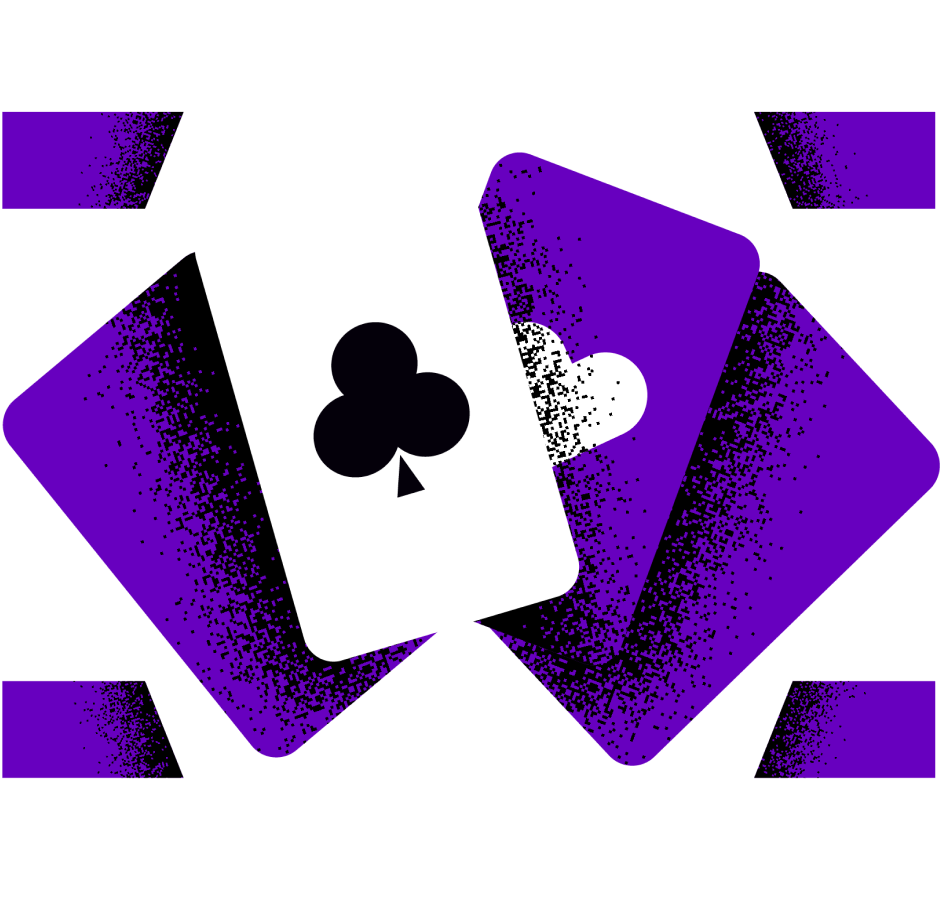NoMercy Monday: Concrete Examples of How to Use “M”
In this strategy series, CoinPoker’s Chief Community Manager and pro poker player Isabelle “No Mercy” Mercier walks you through the basics of the game. Each No Mercy Monday comes with expert advice on how to play, and it all starts with starting hands. *** In this latest chapter, we will explore another poker math theory … NoMercy Monday: Concrete Examples of How to Use “M”
Strategy
In this strategy series, CoinPoker’s Chief Community Manager and pro poker player Isabelle “No Mercy” Mercier walks you through the basics of the game. Each No Mercy Monday comes with expert advice on how to play, and it all starts with starting hands.
***
In this latest chapter, we will explore another poker math theory that is best known as the “Magic Number”. A couple of weeks ago we covered how to calculate your M, and how to use your M during MTTs. Today’s post will go into more detail on applying this concept, giving you some practical examples
Concrete Examples of How to Use “M”
We learned how to calculate our “M”, or “Magic Number”, or “Magriel” concept, and how to interpret the results of these calculations. Let’s now go over a concrete example to see how it translates into a real-life tournament situation.
Let’s say that you are dealt ![]()
![]() and you are first to act. The blinds are 100-200 CHP, the antes are 25 CHP, and this is a 6-handed table. Therefore, the total cost for one round of play equals 450.
and you are first to act. The blinds are 100-200 CHP, the antes are 25 CHP, and this is a 6-handed table. Therefore, the total cost for one round of play equals 450.
If you are sitting on 4500 CHP and Your M = 10
This is a green light.
Basically, you can go ahead and make a raise as you would probably do most of the time!
If you are sitting on 3600 CHP and Your M = 8
This is a yellow signal.
The best play would most likely be to fold as it will be difficult for you to stand a raise. You still have too many chips to gamble with a small pocket pair, but too few to call a raise and see the flop.
If you are sitting on 2250 CHP and Your M = 5
You’re in the orange zone.
Both folding or going all-in would be acceptable options from an early position. However, if you were in late position and there was a regular raise in front of you, it would be an excellent opportunity to go all-in.
You still have enough chips to make your opponent fold after a 400 or 600 CHP raise, and you get a lot of value by taking down 850 or 1050 CHP out of this pot if your opponent does fold.
If you are sitting on 900 CHP and Your M = 2
This is an absolute red alert!
You need to go all-in as soon as possible or as soon as you are the first player to enter the pot. Here, in a case like this, holding ![]()
![]() under-the-gun when you have M = 2 feels like Christmas!
under-the-gun when you have M = 2 feels like Christmas!
The reason why you should move in as soon as possible when you have M = 3 and less is the following:
If you wait until you have M = 1 and you succeed in doubling up, you will still only have M = 2, so you will need to double up multiple times to get back on track.”
On the other hand, if you move in with M = 3 and double up, you will already be back to M = 6. As mentioned before, these guidelines are applicable in deep stack & deep structure events. If you are playing a different format, please adjust the results of this formula according to the average “M” of your opponents.
Join me weekly in the Hubble Bubble tournaments and Sunday’s Andromeda events to practice your skills and try to win my 10,000 CHP or 25,000 CHP bounties!
– Isabelle “No Mercy” Mercier
Explore More
CoinPoker
The best crypto poker room available. Play poker anywhere in the world through coinpokers app or desktop application. You will find an extensive poker game selection available
5 PostsHelp
Need help understand Crypto poker, how to deposit or withdraw crypto at coinpoker or create a coinpoker account, then this is the place
1 PostsNews
Find the latest poker news from coinpoker. Updates about games, promotions and other exciting crypto news.
130 PostsPromotions
Find the latest coinpoker promotions here. Explore the crypto poker world with the best poker promotions available.
51 Posts
















